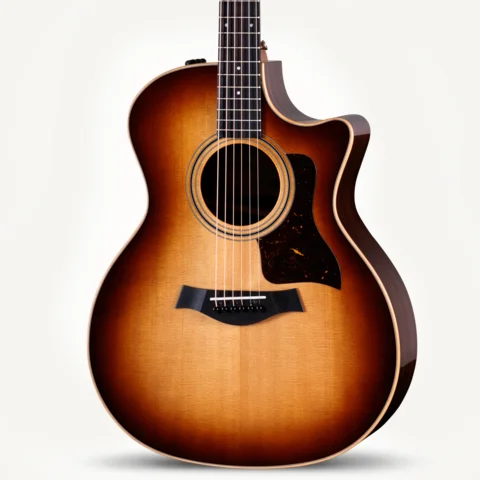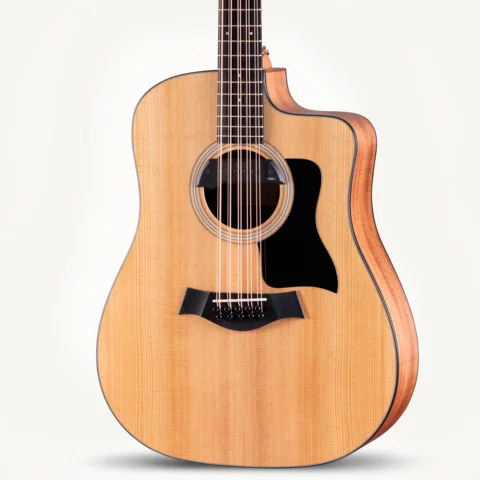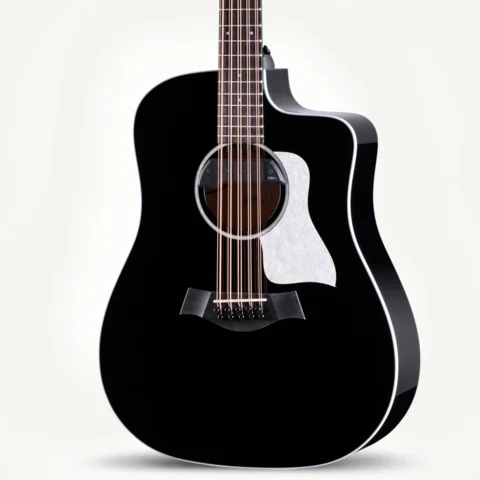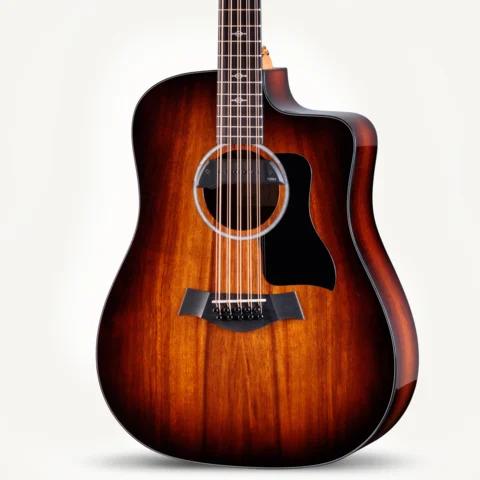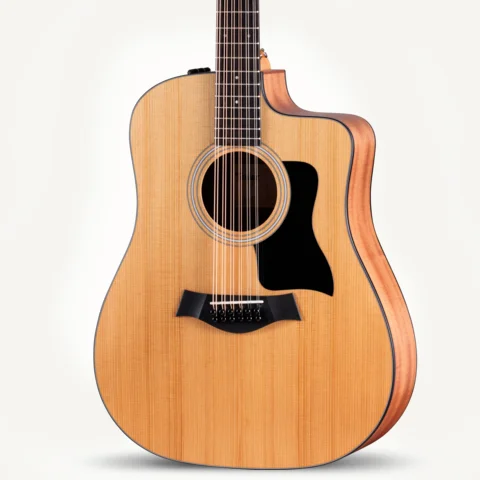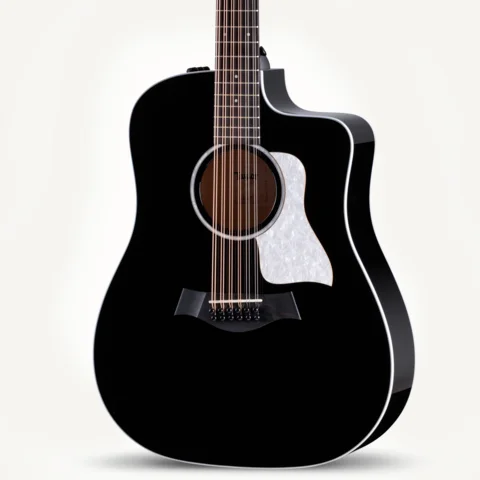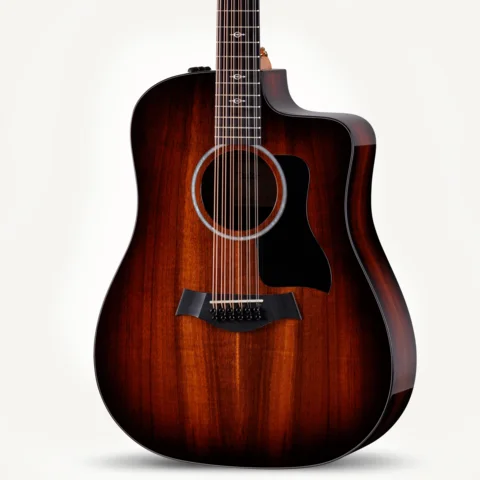What Causes Fret Buzz?
You sit down to strum a few chords. Suddenly, you notice a buzzing, rattling sound radiating from your acoustic guitar. Did a swarm of bees build a hive in your lower bout? Probably not—but if it sounds like it, you might be hearing fret buzz.
There’s no need to panic. Most guitar players will experience fret buzz at some point in their careers. Usually, it’s an easy fix that might not signal any permanent damage. And even if it’s a symptom of a more urgent issue, you can work with a guitar technician to repair your instrument.
To help you with your diagnosis, we’ll outline what causes fret buzz, how to identify it, and the steps you can take to fix it and get to playing your acoustic guitars normally again.
What is Fret Buzz?
Fret buzz (also called string buzz) is the term for the rattling sound of one or more guitar strings.
From the bridge to the nut, the only point of contact between a string and the fretboard should be the note you’re fretting. But sometimes, strings vibrate against another part of the guitar—usually another fret closer to the saddle. This secondary contact causes a metallic rattling sound. Notes don’t sustain as long, and the overall sound quality is diminished.
It’s important to note that loose hardware, while unrelated to fret buzz, can also cause a rattling sound. When buzzing occurs, it’s always a good idea to check for any loose strap pins, tuning posts, or pegheads before examining the strings.
What Causes Fret Buzz and How to Fix It
Now that you’re familiar with the unmistakable sound of guitar fret buzz, let’s explore why it happens and what to look for. We’ll discuss how to fix fret buzz at home and when you should take your guitar to a qualified guitar technician.
Poor Technique
If you’re only hearing a buzzing sound when fretting a note or chord—and not on open strings—the first thing to check is your technique. Not pressing firmly enough on the strings can lead to a buzzy, uneven sound or notes that die out quickly.
Similarly, pressing down too far from the intended fret can cause buzzing. Positioning your fingers in the middle of two frets is a surefire way to produce that telltale rattling.
Your picking hand may also be the culprit. Strum the strings with too much force, and they can vibrate wildly, triggering fret buzz.
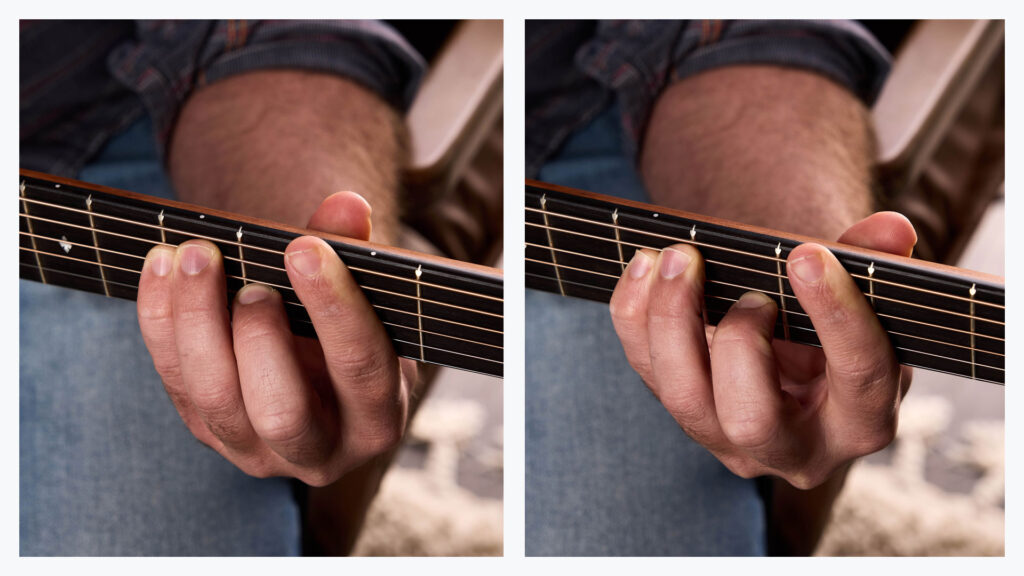
How to Fix It
The good news is that there’s no maintenance required. To solve these issues, practice applying firm, even pressure with your fretting hand. Position your thumb about halfway up the neck, and aim to keep it directly behind your fingers, perpendicular to the strings. You’ll also want to place your fingertips as close to the frets as possible. Lastly, strum confidently—but not aggressively.
If a few practice sessions don’t clear up your problems, the source of your fret buzz is probably elsewhere.
Old Strings
Sometimes, all six strings can buzz against the frets, especially if they’ve built up a thick layer of grime. Other times, it’s a single guitar string buzzing, which could indicate kinking or unwinding.
When you notice buzzing while playing, stop and inspect your strings one by one. Look out for any signs of buildup, tarnish, or unraveling.
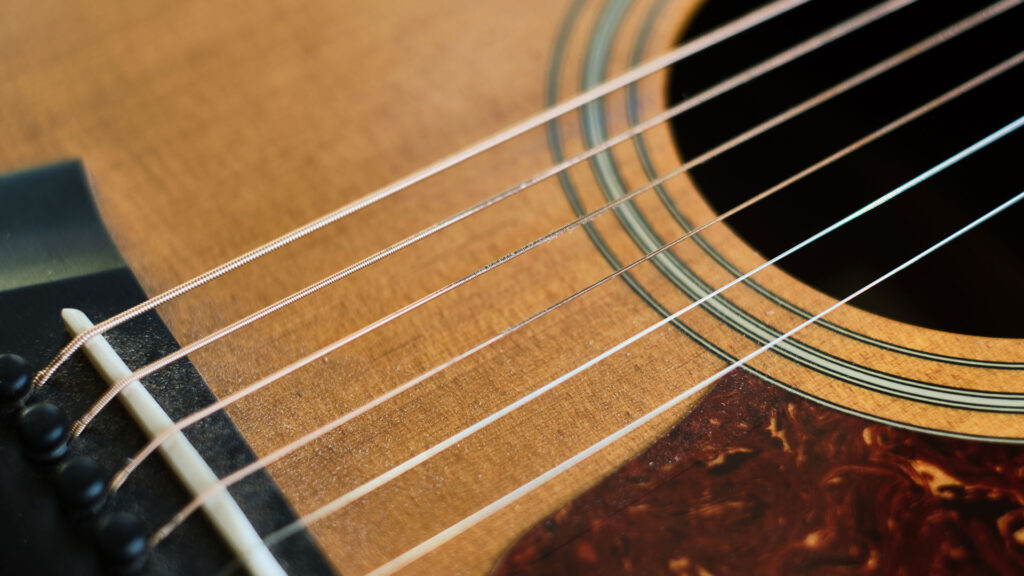
How to Fix It
If all the strings are grimy and rattling, restring your guitar completely. But if your strings are relatively new and the buzz is only coming from one of them, you can replace just the problem string. Music stores sell individual strings, so you don’t have to break into a fresh pack.
The frequency with which you should restring your guitar depends on your playing habits. But when you see signs of damage or hear buzzing, it might be time for a fresh set—regardless of when you last changed your strings.
To keep your strings fresh for longer, don’t forget to wipe them down with a dry cloth after every session.
Dry Guitar
When an acoustic guitar dries out, strings can start buzzing for two reasons: the neck can bow forward, and the arch in the top can sink downward. Another sign of a dry guitar is a shrunken fingerboard; you’ll notice the edge of the frets hanging off the fretboard.
If you live in an area with low relative humidity (RH), this problem could crop up year-round. Most of the time, however, guitars dry out in the winter months due to artificial heating.
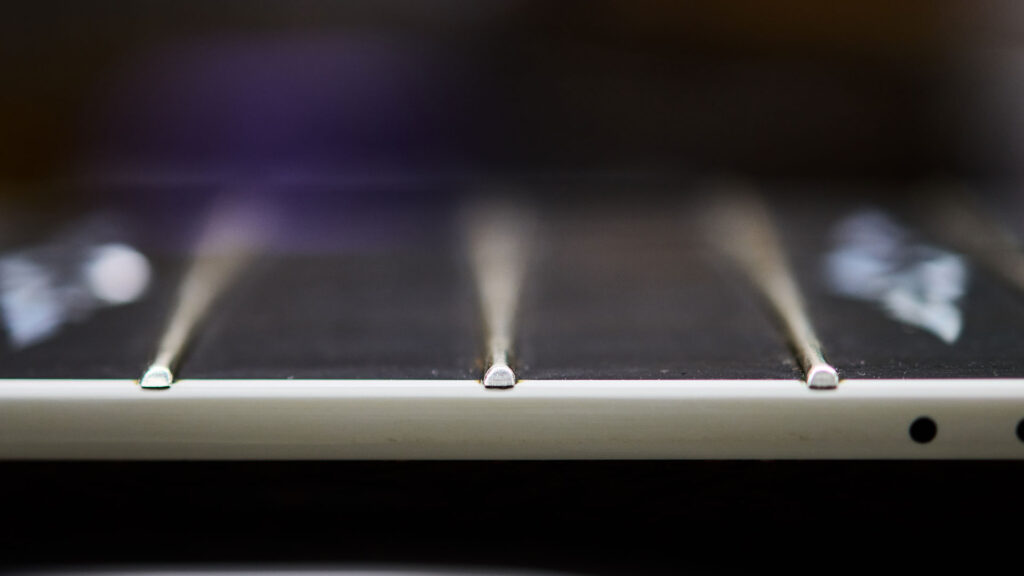
How to Fix It
To keep your guitar safe, the relative humidity should be between 45% and 55%. You can achieve this with the Humidipak and measure the conditions with a digital hygro-thermometer. If you can’t maintain this RH within a room in your home, try storing your guitar in its case alongside these tools.
To revitalize a dried-out guitar, we recommend using the Oasis OH-1 or Music Nomad Case Humitar.
As your guitar returns to ideal humidity levels, it may require a truss rod adjustment, which we’ll define in the following section.
Neck Problems
If you recently changed string gauges, tunings, or fell victim to a dried-out guitar, the buzzing sound could be due to problems with your guitar’s neck tension.
A guitar neck should have a very slight forward bow to it; there needs to be space so the strings can vibrate freely. When the neck is perfectly flat or back bowed, the strings will rattle against the frets. If the neck is too bowed, applying pressure to the strings will take a lot more effort.
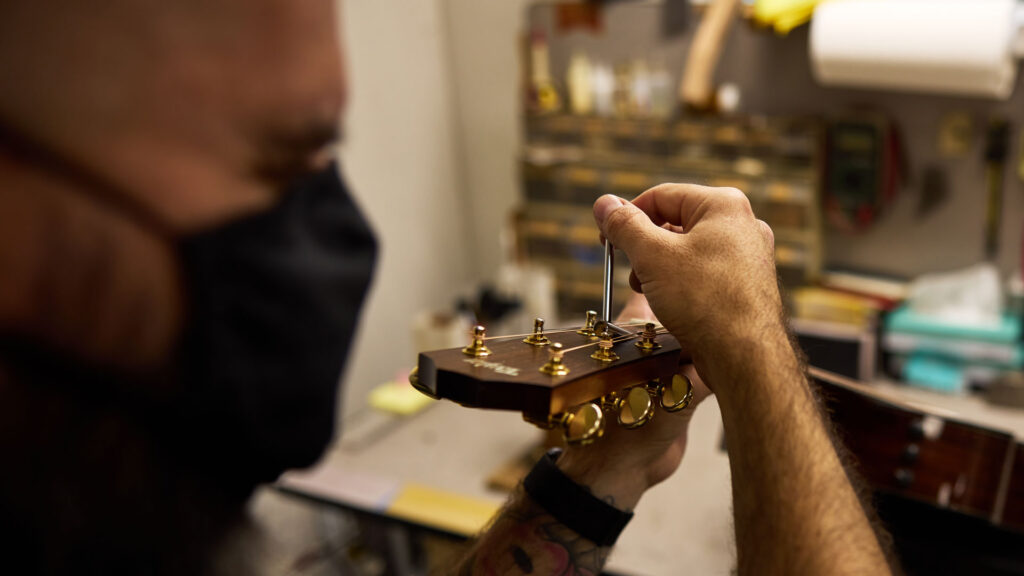
How to Fix It
Whether you need to increase or decrease the bow in the neck, the solution is a truss rod adjustment. The truss rod is a metal bar that sits inside a guitar’s neck. Using a 1/4″ nut driver, you can loosen it to bow the neck backward or tighten it to bring the neck forward. Depending on the make of your guitar, you can access the truss rod through one of two places: under a cover on the headstock or at the base of the neck through the soundhole.
If you’re feeling unsure about a truss rod adjustment, we recommend visiting your local music shop or a guitar technician.
Uneven or Worn Frets
Over time, some frets may become loose, stick out, or sink into the fretboard. Grooves can also form where the string meets the fret. All of this can cause notes to buzz when played.
If you notice that buzzing only occurs on a specific note, an uneven fret could be the issue.
How to Fix It
Uneven frets often require a fret dressing, a process that involves gluing down loose frets, filing down raised ones, and even replacing some or all of the frets. As such, it’s best handled by a professional.
Worn-Out Nut
The nut can develop deep grooves through regular play, causing the strings to sit lower and buzz against the frets. This problem is usually limited to older guitars. Inspect your nut to see if the grooves are wider or deeper than the string’s gauge.
How to Fix It
Generally, a worn-out nut needs to be replaced. Your best course of action is to take your guitar to a technician.
Low Action
“Action” refers to the distance between the strings and the fretboard. When the action is too low, the strings can rub against the frets and buzz. If you notice that your strings are rattling against the frets and the neck is properly aligned, the action may need to be raised.
How to Fix It
Sometimes a truss rod adjustment is all you’ll need to fix low action. Loosening the truss rod (turning it counter-clockwise) can lift the strings away from the neck. However, the change will be more noticeable around the middle frets than the higher and lower ones.
Alternatively, you may need to have the saddle raised. This process involves inserting a shim beneath the existing saddle or replacing it with a new one. If only the top or bottom strings are buzzing, one side of the saddle may need to be angled higher or lower than the other.
In both of these situations, you should seek guidance from your local guitar tech.
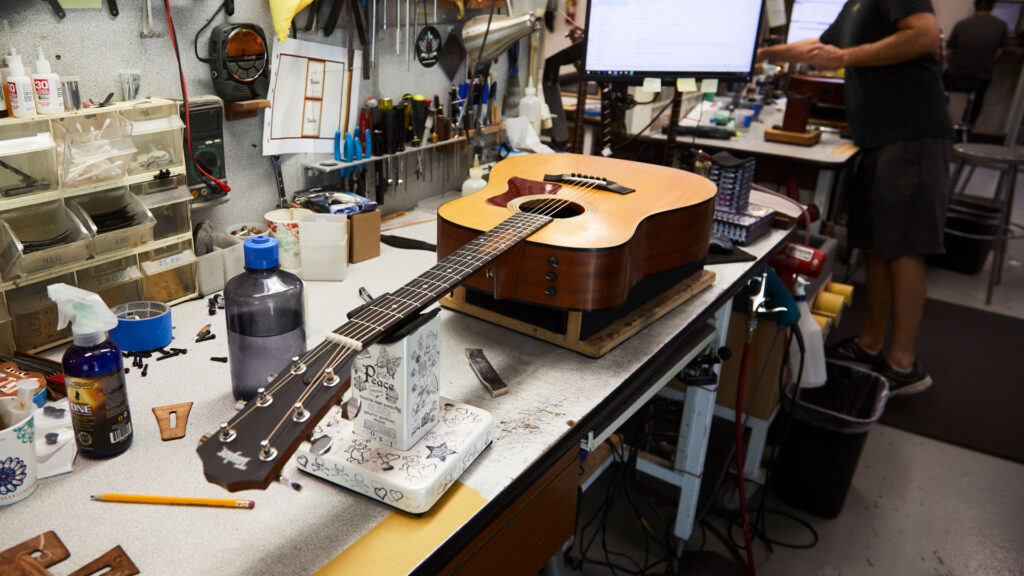
DIY or Take It In?
Some fixes are more straightforward than others. Here’s the bottom line: if you ever feel unsure about an adjustment—no matter how simple—take your guitar to a trusted guitar technician. Trying to dress frets or adjust the saddle without the proper tools and knowledge can lead to costly damages.
Say Goodbye to Fret Buzz
Fret buzz is far from ideal. It’s an irritating sound that can translate to recordings and live performances. Thankfully, it’s nearly always fixable, either by you or a qualified guitar tech.
As soon as you notice fret buzz, look for the source of the issue. If it’s a symptom of a more serious problem, leaving it unchecked can only make things worse. In general, regular guitar maintenance and inspection is the best way to keep your instrument looking and playing its best.
For more advice on acoustic guitar maintenance, view our guides on how to clean a guitar and how often you should change your strings on the Taylor blog.






















































